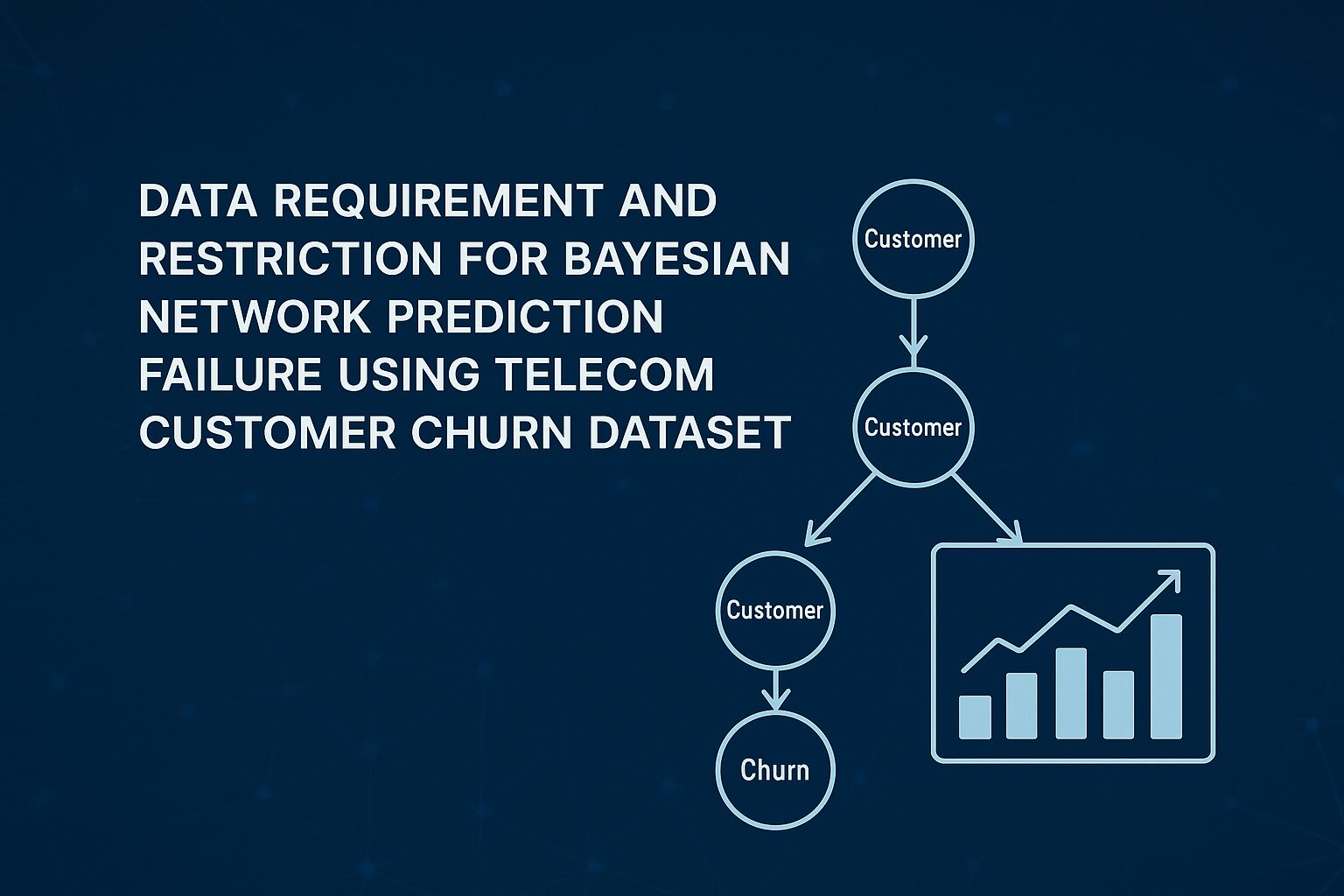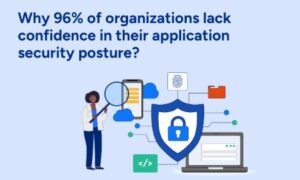In an era where data is the most valuable strategic asset across industries, predictive modeling is rapidly transforming from a niche academic tool into a mission-critical capability. This month, TechBullion had the unique opportunity to host Bolaji Iyanu Adekunle, a rising data science researcher from the University of Salford, whose master’s dissertation has already begun reshaping conversations around telecom risk analytics, explainable AI, and predictive infrastructure management. Adekunle was invited to present at TechBullion’s “Innovators in Applied AI” series after our editorial analysts reviewed his 2024 MSc dissertation, titled “Data Requirement and Restriction for Bayesian Network Prediction Failure Using Telecom Customer Churn Dataset.” What emerged from his presentation was not just a discussion on churn rates—it was a clear, data-backed call to rethink how Britain approaches predictive technology in both digital and physical infrastructure sectors.
Adekunle’s work centers on Bayesian Networks (BNs)—a form of probabilistic graphical modeling that enables not only predictive accuracy, but transparent and traceable decision-making. The research uses a widely available dataset of 7,043 telecom customer records, applying advanced modelling to anticipate churn behavior in a UK-like telecommunications landscape. But the real innovation, as Adekunle explained to the full-house TechBullion audience in London, lies in the model’s cross-domain adaptability. Originally developed in collaboration with TNEI Services Ltd. for assessing overhead cable failure in UK energy networks, Adekunle repurposed the telecom churn dataset as a stand-in to demonstrate Bayesian modeling principles in action. This clever pivot—necessitated by data access constraints—has profound implications for how the UK might use proxy datasets to prototype predictive systems for national infrastructure.

During his 90-minute presentation, Adekunle articulated the structure, logic, and deployment potential of his model using Python-based tools like pgmpy, bnlearn, and scikit-learn, meticulously walking the audience through each stage of the CRISP-DM process. His model applies logistic regression for feature selection, SMOTE for class balancing, and multiple evaluation metrics—including precision, recall, specificity, accuracy, and AUC-ROC—to validate outcomes. With a logistic regression model achieving accuracy rates of up to 81%, and the Bayesian network model delivering granular churn risk bands (2.76%, 12.26%, and 31.63%), the framework provides decision-makers with an unprecedented degree of interpretability. In the UK telecom context—where the average annual churn rate hovers around 20% and costs companies millions in customer retention campaigns—such segmentation could redefine how providers allocate loyalty resources, automate interventions, and prioritize at-risk accounts.
Yet this was no ordinary tech demonstration. Throughout the event, Adekunle emphasized that his model was not just for solving churn; it was designed to be replicated and deployed across critical sectors, including energy, utilities, and public health—anywhere that predictive failure carries high economic and social costs. In the Q&A, he elaborated on his original goal of adapting the model to predict overhead cable failures in the UK’s aging electricity transmission infrastructure. With roughly 30% of the UK’s overhead lines expected to exceed their asset design life by 2030, and National Grid forecasting an £11 billion investment need in upgrades over the next decade, Adekunle’s model has direct relevance for Ofgem-regulated asset management strategies. By mapping historical failure proxies to Bayesian probabilities, transmission operators could prioritize replacement schedules, mitigate system risk, and reduce emergency response costs—challenges that current visual inspections and reactive maintenance schemes cannot adequately address.
From a policymaking perspective, Adekunle’s work touches on several of the UK government’s strategic ambitions under the National Data Strategy, Digital Infrastructure Plan, and the AI Sector Deal. The Department for Science, Innovation and Technology (DSIT) has called for models that are not only performant, but interpretable—particularly in sectors subject to regulatory scrutiny and public accountability. Adekunle’s research delivers precisely that. Unlike deep learning models that require significant data volume and computing power to produce opaque predictions, Bayesian Networks offer transparency, computational efficiency, and logical traceability—essential qualities for public-sector adoption. As Britain navigates the integration of AI into Ofcom, Ofgem, and NHS-backed systems, models like Adekunle’s could serve as gold standards in explainable artificial intelligence (XAI) compliance frameworks.
His thesis also resonates with trends in customer protection, broadband equity, and service reliability. The UK’s Digital Connectivity Dashboard, released in 2023, shows that regions with poor digital infrastructure experience significantly higher churn, particularly in underserved rural zones. Predictive churn analytics can empower telcos to not only retain customers, but proactively invest in service improvements where attrition risks are highest. Adekunle’s model allows these forecasts to be demographically, geographically, and contractually segmented—enabling firms to refine targeting, optimize pricing strategies, and elevate customer satisfaction. The economic impact is substantial: For every 1% increase in retention, telecoms typically see a 5% increase in profits, a figure validated across multiple studies and reaffirmed during the event.
Technologically, his use of open-source Python tools was particularly praised by several attendees from the UK’s GovTech and SME innovation sectors. By relying on accessible libraries instead of proprietary platforms, Adekunle has made the model replicable and cost-effective for public institutions, scaleups, and academic researchers. “It’s not just an algorithm—it’s a deployable, adaptable architecture,” one guest from the Alan Turing Institute remarked after the session. “The UK has been calling for practical AI frameworks—Bolaji just delivered one.”
Adekunle also spoke about the ethical considerations of predictive modeling, advocating for bias mitigation and interpretability as core design principles. In sectors like health tech and social housing, where decisions have real human consequences, transparency in prediction is not a luxury—it’s a necessity. He emphasized that explainable models like Bayesian Networks support auditable and fair decision-making, aligning with the UK’s ongoing efforts to ensure responsible AI integration across government services.

Beyond the technical and strategic, what stood out in Adekunle’s TechBullion presentation was his passion for real-world impact. He did not present his model as a static academic exercise, but as a living tool that can—and should—be refined, tested, and deployed in high-stakes environments. His plans to expand the research into IoT-integrated predictive platforms and dynamic probabilistic systems drew particular interest from infrastructure engineers and investors in attendance. Several UK-based consultancies and research labs reportedly reached out for collaboration following the event.
In reflecting on the future, Adekunle explained that he is currently exploring doctoral pathways and partnerships that would allow him to apply the model to multi-layered systems, including smart grid reliability, 5G network degradation, and transport safety prediction. With the UK government pledging over £1 billion in AI R&D investment by 2025, and businesses urgently seeking solutions that align with regulatory and public trust standards, his timing could not be better.
At TechBullion, we believe in surfacing work that isn’t just academically excellent, but economically actionable and socially meaningful. Bolaji Adekunle’s dissertation stands out because it connects academic depth with implementation potential, offering a model that is mathematically sound, operationally feasible, and publicly accountable.
As the UK accelerates its digital and energy transitions, models like Adekunle’s are exactly what the country needs: predictive systems that can guide investment, reduce failure, and anticipate risk—not just respond to it. In a world increasingly governed by complex systems, his work reminds us that the future of AI is not only about intelligence—it’s about insight.
We look forward to following Bolaji Adekunle’s journey as he continues to build frameworks that fuse data science with public value.


































